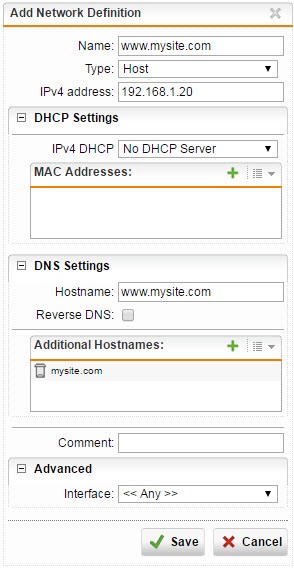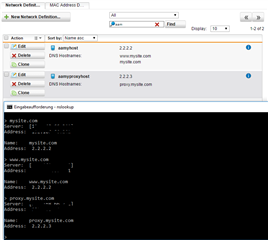When creating a 'Host' type network definition, you have the option of adding multiple DNS hostnames such as:
- www.mysite.com
- support.mysite.com
- mysite.com
The problem I encounter is when subdomains are hosted on different servers/hosts. If I add the root domain (mysite.com) to one of my network definitions, it acts like a wildcard entry and overrides any other network definition.
For example, if "www.mysite.com" and "mysite.com" are added to one network definition and "support.mysite.com" is added to another network definition that points to a different IP, all traffic to "support.mysite.com" goes to the other/wrong IP address. If I remove the root domain (mysite.com) from the other network definition, then traffic is routed accordingly.
So is this by design?
This thread was automatically locked due to age.



